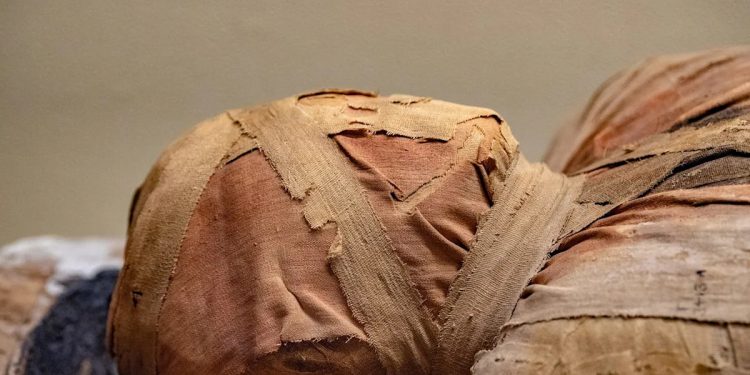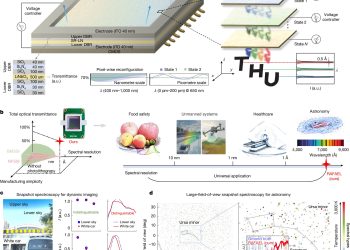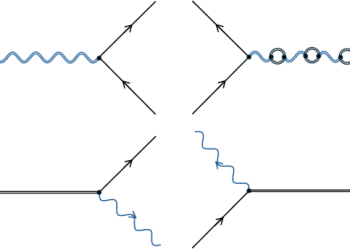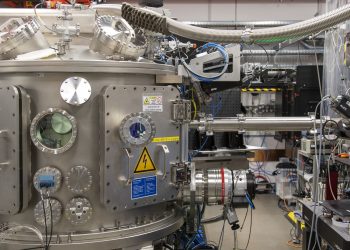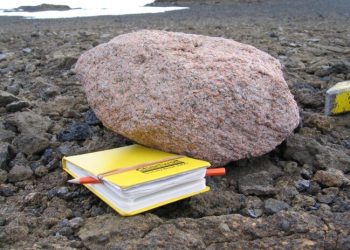Here’s what you’ll learn from reading this story:
-
Experts working at the tomb of Cerberus in Giugliano, a district of Naples, have unsealed a 2,000-year-old sarcophagus.
-
Inside, they found the remains of a surprisingly well-preserved body, lying face up and covered in a shroud.
-
Continued analysis of the sarcophagus’ contents could provide new social, cultural and scientific information about ancient life.
After initially probing a 2,000-year-old sarcophagus in Naples with a micro-camera, archaeologists were encouraged enough by what they saw to enter this sealed tomb for the first time. But once they opened a passage inside the sarcophagus sealed for thousands of years, they were shocked by the condition of what they found.
The team of archaeologists, led by Simona Formola, investigating the tomb of Cerberus in the town of Giugliano, northwest of Naples, discovered a person lying face up in what they consider to be an “excellent state of conservation,” according to a translated statement from the superintendent of archaeology, fine arts and landscape of the Naples metropolitan region. The individual was covered in a shroud and surrounded by a litany of objects including several jars of ointment and body cleaning tools often used during the burial process.
The team believes that the special care given to the deceased, coupled with the objects found near the body, suggest that the person in the sarcophagus was the family member for whom the mausoleum was originally built.
“The tomb of Cerberus continues to provide valuable information about the Phlegrean territory near Liternum,” Marian Nuzzo, superintendent of the Italian Ministry of Culture, said in a statement, “expanding knowledge about the past and providing opportunities for research of a multidisciplinary nature.”
The team now has a new treasure trove of information to mine. “In recent months,” said Nuzzo, “laboratory analyzes carried out on samples taken from burials and deposit beds have provided a considerable amount of data on the treatment of the body of the deceased and the funerary rituals implemented, considerably enriching the panorama of our knowledge.”
The team believes the shroud was likely mineralized due to the unique climatic conditions inside the burial chamber. Analysis of the fabrics is ongoing, but archaeologists hope to determine the structure, type and quality of the thread used in the tomb. They hope this information will help glean additional social and cultural details.
While DNA analysis of the remains is underway, the team also continues to analyze organic substances, including pollen, found in the sarcophagus. They have already learned that the body was likely treated with creams made from Chenopodium, also known as crow’s foot, and wormwood, intended to improve preservation.
The ministry hopes that continued sampling and analysis of all aspects found in the sarcophagus will provide additional details about the surrounding necropolis that can help paint a broader picture of the social and cultural makeup of Naples 2,000 years ago.
(galleryCarousel id=’08f86f0e-7f1e-4a56-b672-fb9a527632a9′ mediaId=’9da9c839-8e00-4b05-b685-b7016b59ec10′ display=’carousel’ align=’center’ size=’medium’ share=’true’ expand=” captions=’true’ suppress-title=’false’ hasProducts=’false’)(/galleryCarousel)
You might also like


